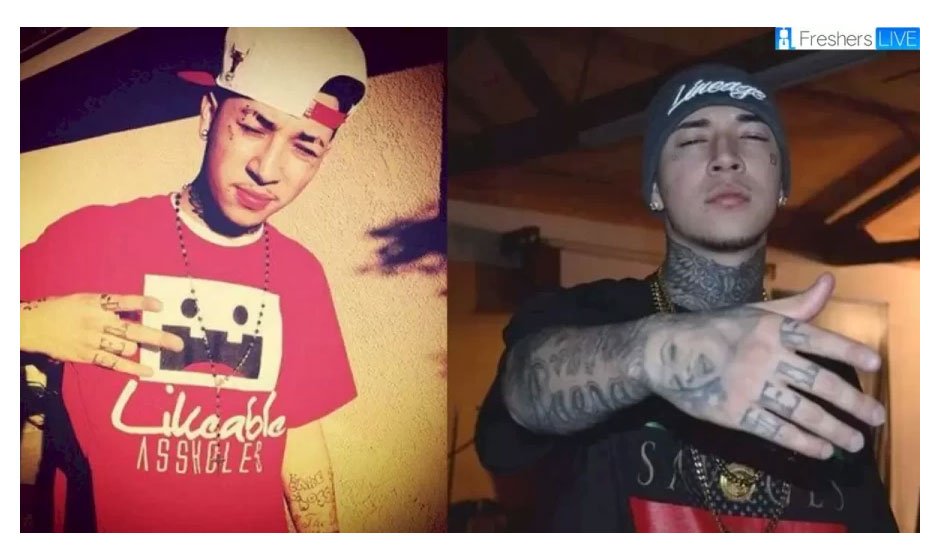Introduction
A 13-year-old girl from Colorado has been reported missing, nearly 10 days after her last sighting in Denver, as confirmed by the Colorado Bureau of Investigation.
The Disappearance
On June 19, Jordan Tafoya, the missing teenager, was last seen around 12 p.m. at an undisclosed location in Denver. She is described as 5 feet 6 inches tall, weighing 185 pounds, with black hair and brown eyes.
Authorities have noted that Jordan is affiliated with the Northern Arapahoe Tribe. Concerns surrounding her disappearance have prompted the Colorado Bureau of Investigation to issue an alert via Twitter, requesting any information that may aid in locating her.
Help Find Jordan
If you have any information regarding Jordan Tafoya’s whereabouts, please contact the Denver Police Department at 720-913-7867 or dial 911 immediately.
The Alarming Issue of Missing Indigenous Women
The case of Jordan Tafoya sheds light on a much larger problem: the alarming rate at which Indigenous women go missing or are murdered compared to other ethnic groups.
According to the FBI’s National Crime Information Center, 5,203 Indigenous girls and women were reported missing in 2021 alone. This figure surpasses their estimated population share by more than two and a half times, underscoring the disproportionate impact on Indigenous communities. It’s important to note that these numbers are likely an undercount, as comprehensive federal data is currently lacking.
The issue has become so prevalent that it has garnered its own acronym: MMIW, which stands for Missing or Murdered Indigenous Women. President Joe Biden has referred to it as an “epidemic,” urging Secretary of Interior Deb Haaland to classify it as a crisis and call for increased federal action.
Root Causes and Activism
Activists advocating for missing or murdered Indigenous women point to centuries of colonial trauma and prejudiced or ineffective government policies as underlying factors. These issues have contributed to higher rates of poverty, substance abuse, domestic violence, and other social ills within Indigenous communities, resulting in lower life expectancies for Indigenous women compared to other groups.
Seeking Solutions
Acknowledging the urgency of the situation, efforts are being made to enact new legislation that specifically addresses the safety and protection of Indigenous women. However, despite these initiatives, the murder rates for Indigenous women remain alarmingly high.
The Fight Continues
As advocates and communities strive for justice and the safe return of missing individuals like Jordan Tafoya, it is crucial to raise awareness, support affected families, and push for comprehensive solutions that address the root causes of this crisis.
Remember, every missing person deserves our attention and collective effort to bring them home safely.






